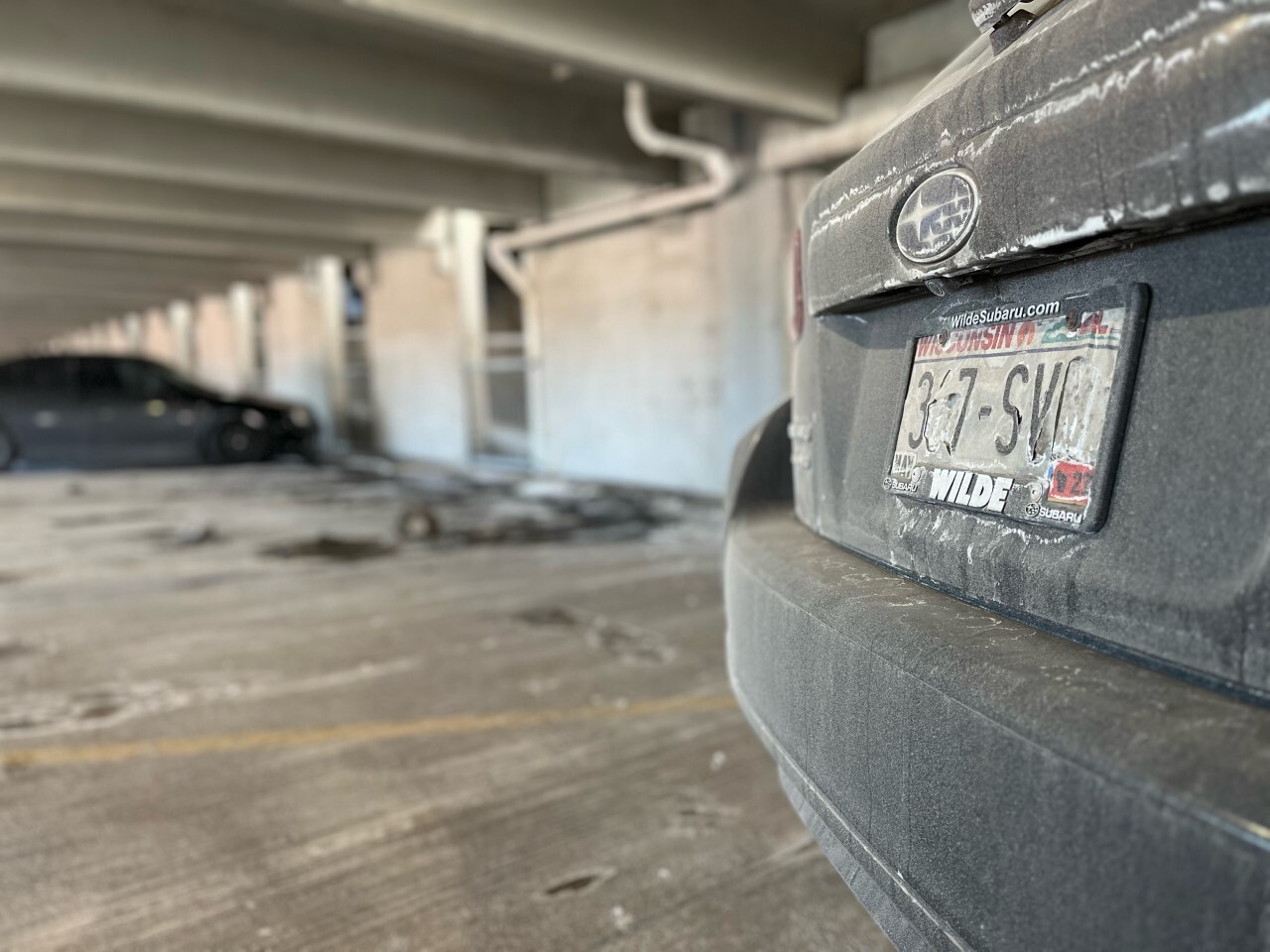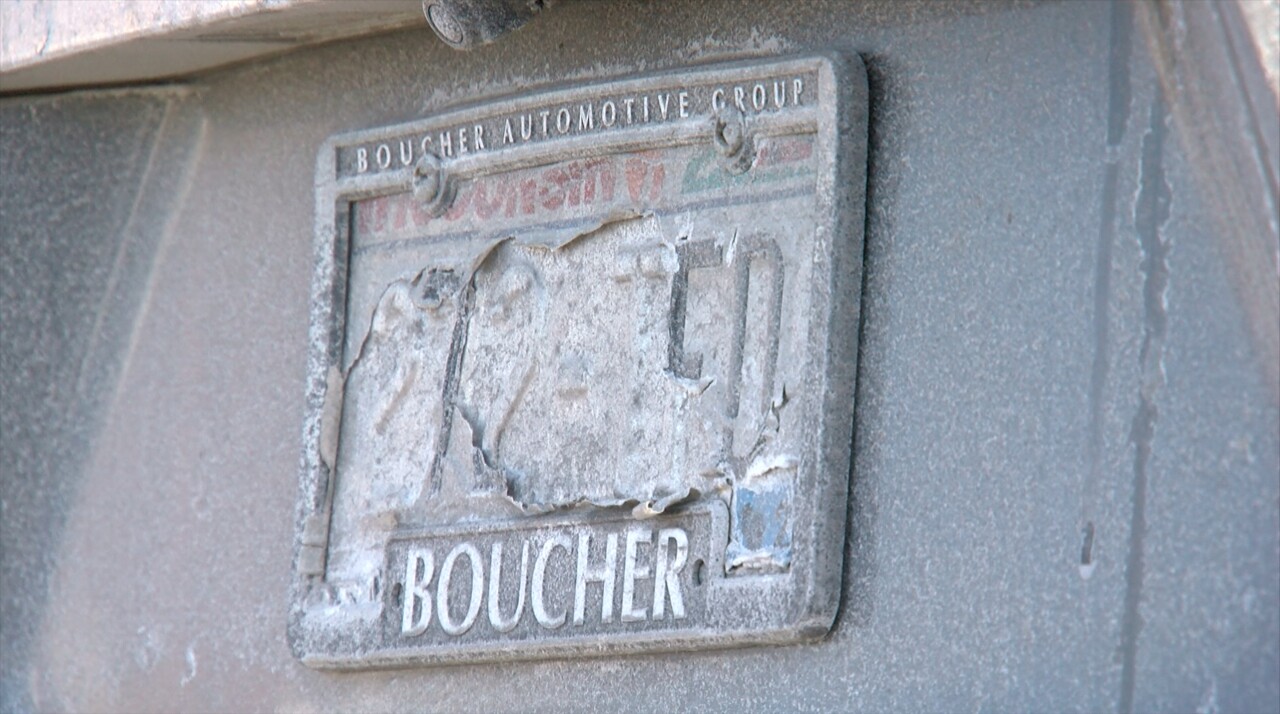MILWAUKEE — After meeting with the State Transportation Secretary, Sen. Van Wanggaard says new higher-quality license plates won’t be implemented for another month and a half.
“[3M] is having a little challenge with their reflectivity sheeting and it’s in testing,” Wanggaard said. “That should have us online, probably within the next month and a half where they will start sheeting brand new plates.”

Until then, new license plates will be using the same lower-quality sheeting that has led to faster deterioration of plates across the state. Wanggaard says, those plates should still last five or six years.
As reported last week, lawmakers reinstituted automatic license plate replacement for vehicles last year, after a 13-year hiatus. According to the Department of Transportation, there are 1.8 million plates in circulation that are at least 10 years old.
Despite the large number of older plates in circulation, the Milwaukee Police Department has only issued 22 citations since 2017 for illegible plates. Wanggaard believes State Patrol may be issuing more citations for this violation or that officers may be giving out warnings since new license plates cost $8 whereas a citation could max out at $200.
According to DOT, since 2017, Wisconsin State Patrol has issued 32 citations and 4,816 warnings.
But Wanggaard believes this highlights a greater problem. He believes because departments like Milwaukee's are understaffed, traffic enforcement may be taking a hit due to more serious crimes taking precedence.

“If you’re pulling officers that are responding to shootings and to other crime going on in your municipality, you don’t have enough officers to respond to those things and traffic becomes secondary,” Wanggaard said. “That’s the problem. If you’ve got good traffic enforcement, everything else follows. If you’re stopping traffic violators, you’re dealing with the small things. It’s the broken window theory. If you let the little stuff slide, the big stuff is going to get even worse.”
Wanggaard believes letting the little things slide may lead to drivers feeling like they can get away with more. He recalled how things operated when he was a Racine Police Officer working in traffic enforcement.
“We would get people driving 15 or 20 miles per hour over the speed limit,” Wanggaard said. “We’d make a traffic stop on license plates, broken headlights, taillights, traffic violations for speed or turns, whatever. Oftentimes, they were revoked, suspended, no driver’s license at all, no insurance, they had guns on them, they had warrants on them, they had drugs in the car. It was a litany of those things, to burglaries that were solved that had just occurred. Because now, you’re limiting the movement of bad guys because you’re not letting them run wild to do whatever they want to do.”
The Wisconsin DOT says if your plates are peeling, faded or damaged, you can request a new plate at wisconsindmv.gov/vreplace. In order to make the request, drivers will need their driver's license, social security number, birth date, certificate of registration and VIN number of the vehicle. A working printer will be necessary to print out a temporary plate for your window. The DOT says the new plates should be at your home within four weeks.





